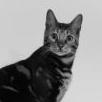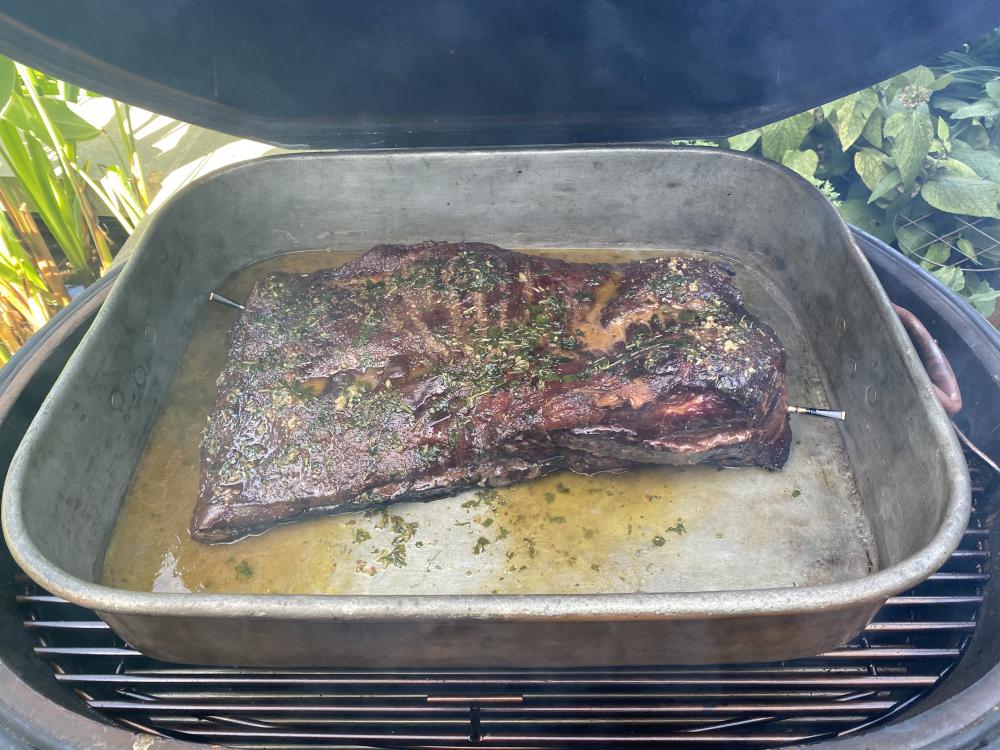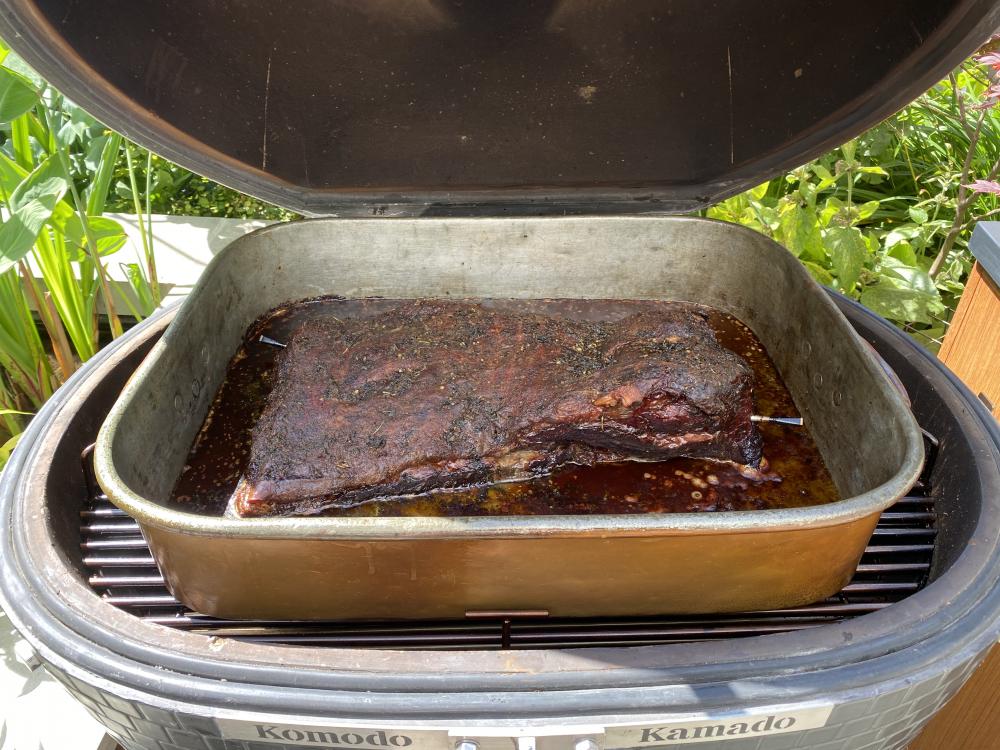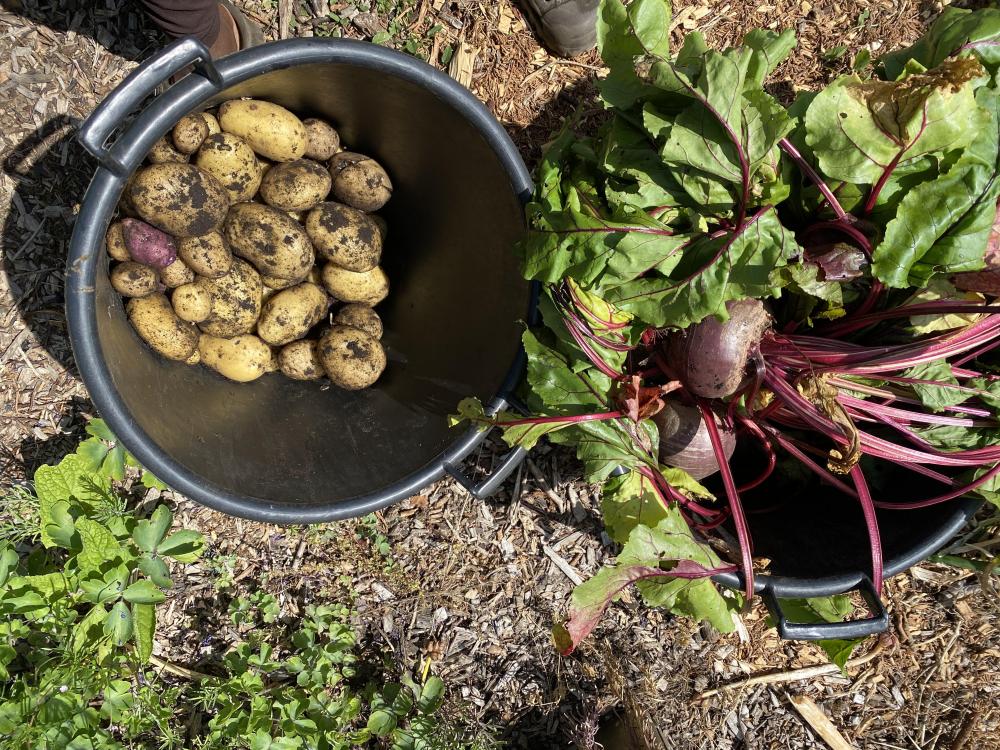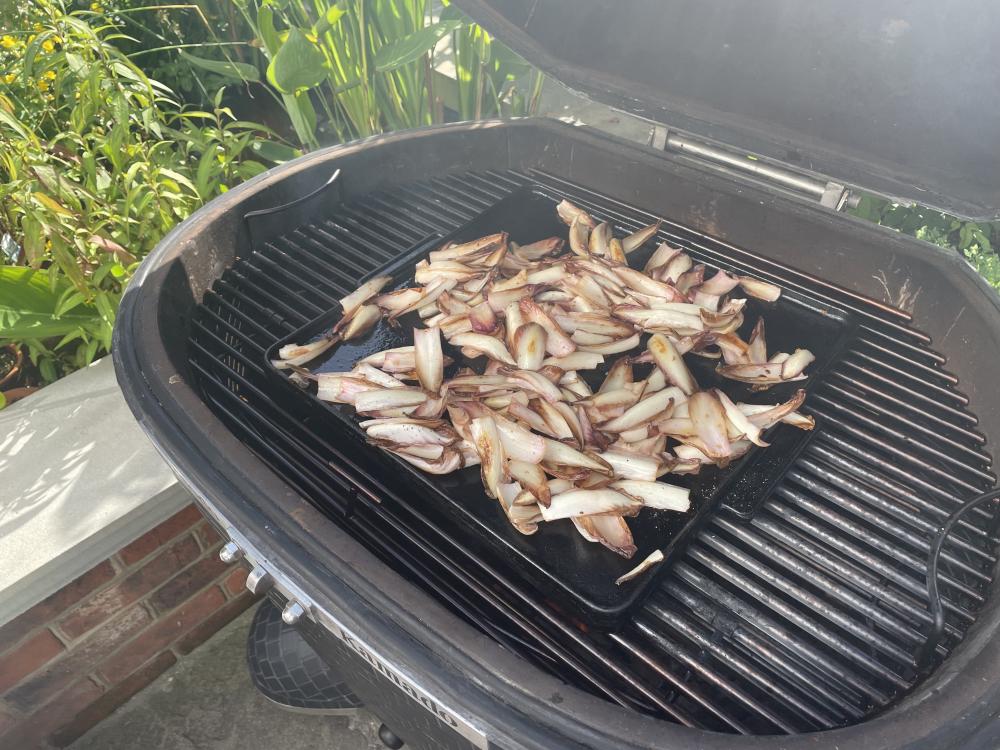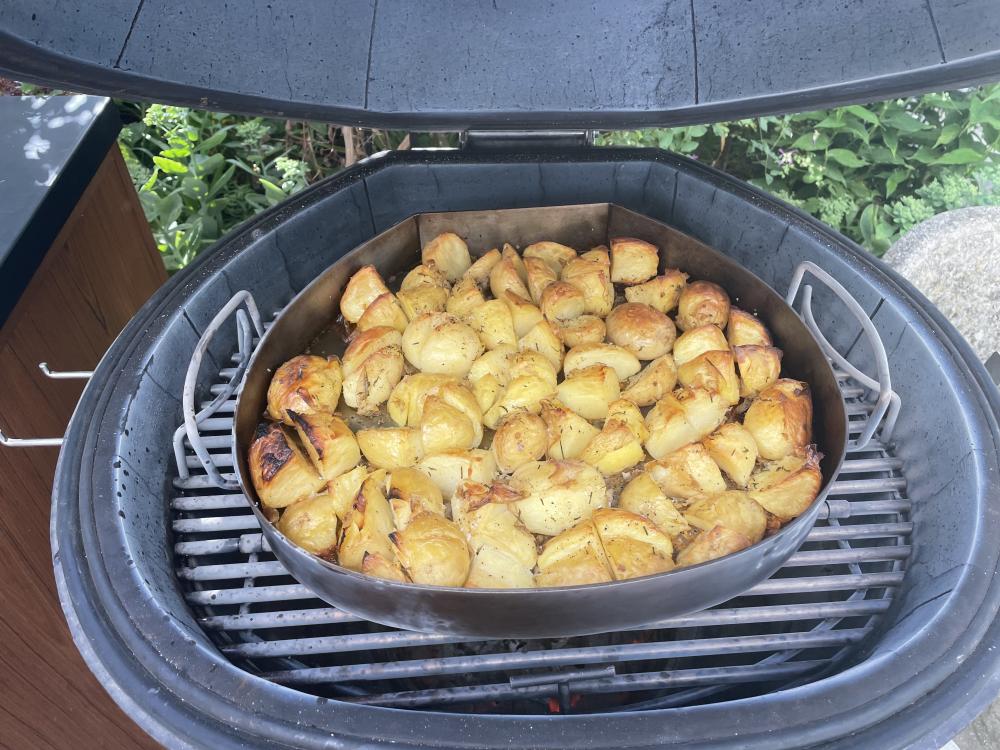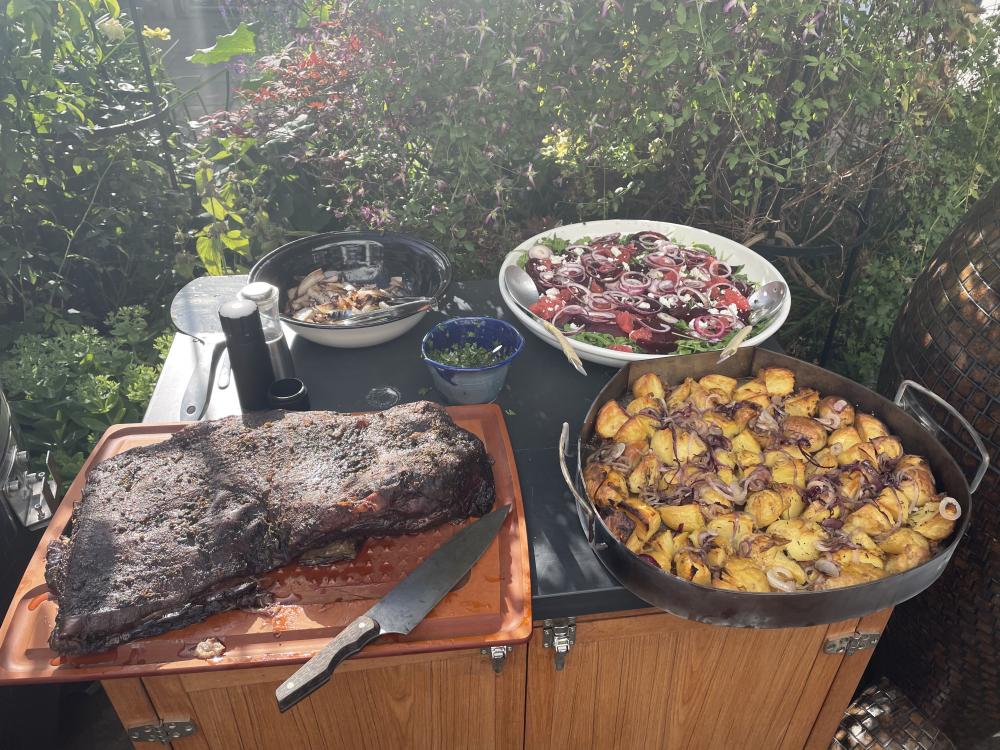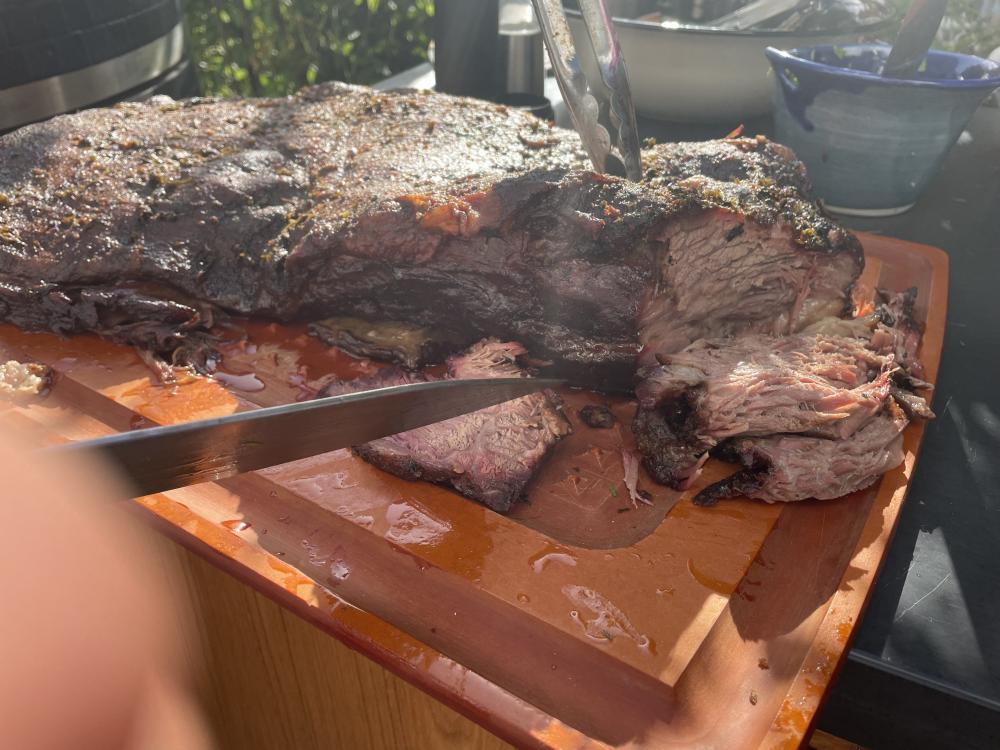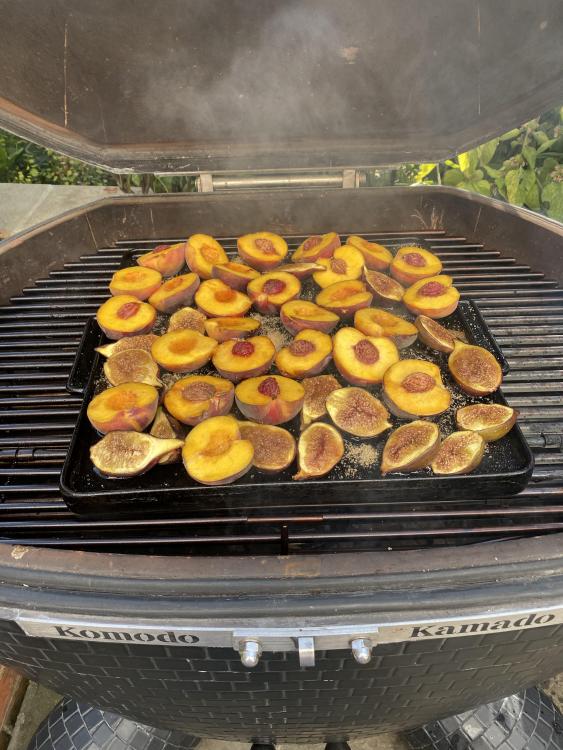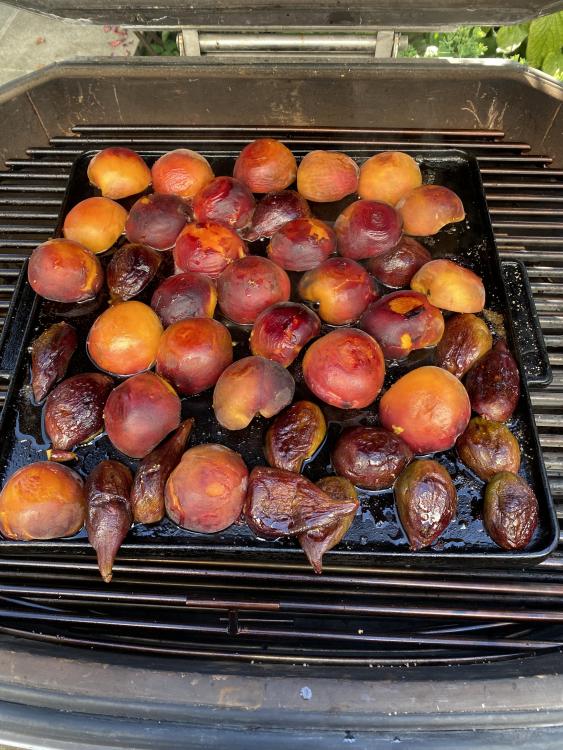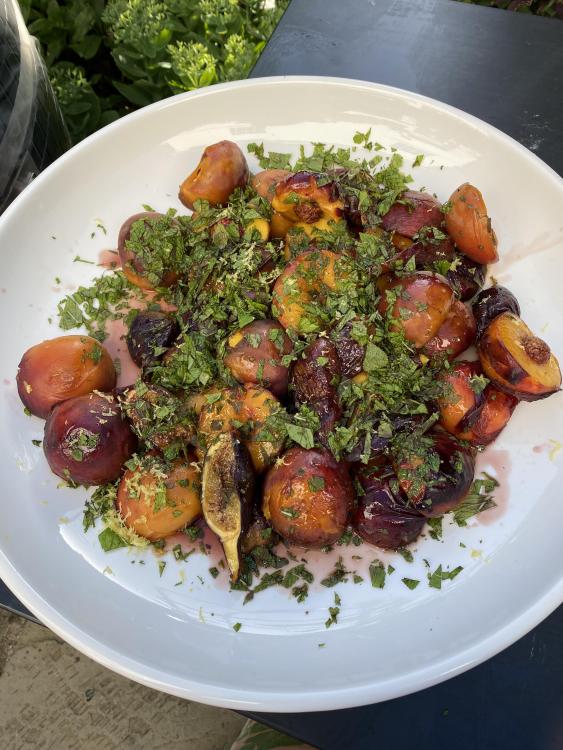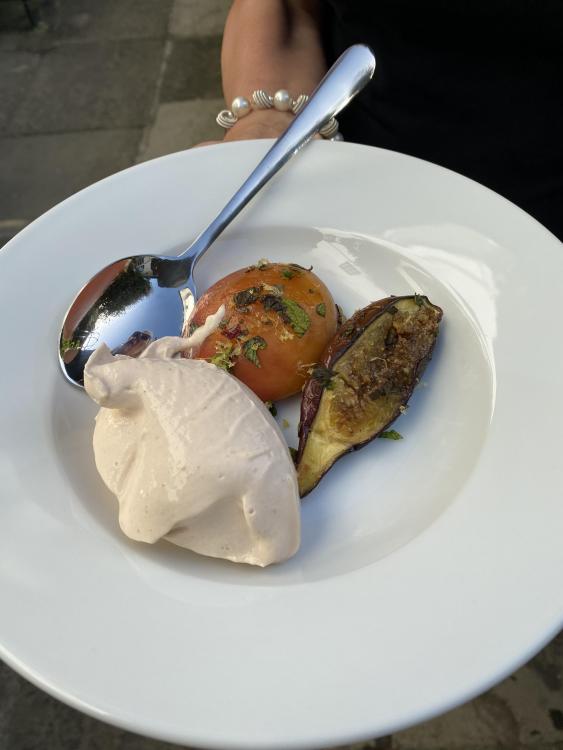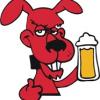Leaderboard
Popular Content
Showing content with the highest reputation on 08/12/2021 in all areas
-
Hiya- So I recently made up a batch of Beef Jerky and made a video while I cooked. This has been a crowd pleaser I pull out fairly regularly because it always goes so fast! Once I made some for my daughters graduation party, I left a big jar of Beef jerky on the tables. I went off to do hosting duties, and later took a break and thought, oh yes, I have to get some jerky, it was GONE. So that is the ONLY downside, it always disappears too fast. I like making this because it always fascinates people that you can do this yourself, and the secret is its dead easy, and the Komodo Kamado makes it DEAD EASY because of the great temp control.2 points
-
I'm reasonably certain that you plan to thaw and unwrap it before the cook. Nevertheless, this reminds me of a great trail meal, as a kid. I was a junior counselor on a series of weeklong summer camp backpacking trip in the Adirondack high peaks. Freeze dried dinners were too new and unaffordable, but we had a decent series of conventionally dried stews one simmered for dinner. What do they say? Exercise is the best seasoning. We were particularly excited about making dinner one night, because we remembered that meal tasting better than anything else last trip. Dumping the contents of the pouch in question into the simmering water, this time we noticed a flavor pouch floating in the stew. Spices. In thick plastic. "Do you remember this pouch from last trip?"2 points
-
Yes, all Komodo Kamado grills used to come standard with heat deflectors.. I've learned it's easier to give people what they want than to educate them. I supply them because people coming from the glazed-pot Kamado world think they're very important. Glazed pot Kamados are basically uninsulated and when the ambient temperature changes/drops their temperature can crash. Having a heat deflector reflecting heat back into the firebox gives these grills thermal mass/ a heat sink to help stabilize temps during these ambient temperature swings. Their deflector and firebox are the only components that are not exposed to the changing ambient temps. The thin glazed pot walls are unable to hold and give off heat the way a big thick cement hot face that is also insulated can. Because KK's are so well insulated, this is not a factor. The heat deflector requires you to burn more fuel, creating more airflow, more evaporation, and less retained moisture in your meat. I suggest preheating the grill empty and then putting foil on the lower grate, the size, and the area you want to be indirect. You only need the foil to be large enough to block the infrared radiation coming directly off the coals from hitting your meat. Put your drip pan on top of the foil, install the main grill, and put your meat above the area with the foil. Put the upper grill on top of that and more meat. You're off to the races. The foil is much higher above the charcoal than where the heat deflectors sit and will not trap/reflect as much heat back into the firebox. That being said, I have not used the heat deflector in one of my grills for probably 10 years. Your results will be better using foil to create an indirect area. You will burn less fuel, create less airflow, less evaporation, and will have more retained moisture in your meat.. Will the forum family please chime in how they feel about using foil or the deflectors so I can use this post as a reference..1 point
-
Yes, the main reason that I bought it was to do true cold smoking. I've done cheese, nuts and salmon. I recently cold smoked the beef tallow and pork lard to try on cooks after watching the YouTube vids about it. I don't recall the dome temps, but it's not very hot at all. I wouldn't think the size/type of wood would make much difference? I use fruit wood pellets mostly, but have some alderwood pellets for the salmon.1 point
-
Yes, I will thaw and unwrap. I should probably light the fire at some point too.1 point
-
Pork necks here are often speckled with inter-muscular fat.. I exclusively use them for pulled pork. The muscle groups are smaller so more flavor too.1 point
-
You are miss matching them.. the longer rectangle ones create the largest indirect area and only let hot air up the far left and right side. The grill shaped ones create a smaller indirect area and are used for when you need to crank it up for browning and want uniform heat coming up around the meat. For example when roasting a chicken indirect, you would crank it up the last 10 min.1 point
-
It was a hectic weekend in the end, hence the delayed post. After about four hours the next stage for the brisket was to put it in a pan with a bit of water and to slather it in chimichurri sauce. Basted with more chimichurri roughly every hour with a brush fashioned out of rosemary. I added more water to the base, probably too much but I was worried about burning. Cooked for a further six hours or so to get to the right temperature on the point (88C/190F) and then wrapped. Now I know why he leaves the brisket on the bone. It was soooo soft that I needed to wrap my hands under the meat and get further help with a big spatula to move it without having it fall apart. Resting time gave me the chance to go and dig up some potatoes and harvest some beets. I followed three recipes from Mallman on Fire for the sides. Here is an adaptation of his grilled endive recipe, using red chicory instead: Potatoes parboiled and then roasted with rosemary and olive oil: I was meant to roast the beets on the KK for the beet, arugula and orange salad but I didn't have enough time and ended up pressure cooking them. I also used pink grapefruit segments in place of the orange. They are in the top right corner of this picture. The brisket was delicious. One modification I would make would be to baste with some more fresh chimichurri sauce at the point of serving to brighten things up in taste and colour. We finished with grilled peaches and figs topped with mint, amaretto and lemon zest. Another Mallman on Fire recipe. Matched with plum ice cream I enjoyed the day. My normal mode is to throw a party for a minimum of 50 people and to spend ages making a variety of protein dishes. A COVID aware 20 made this much easier all round and everyone got the chance to sit around and chat late into the night.1 point
-
I searched the Forum for information on a rotisserie cook prime rib, so I thought I'd add my experience to the base. Three bone, 7# roast (bones cut from and tied to the meat), lightly covered with kosher salt and freshly ground black pepper then dried uncovered in the fridge for three days. Room temperature roast was lightly olive oiled and lightly seasoned with a rub (Montreal steak rub), put into the cooker with indirect heat for 2 1/2 hrs with temps @ 300 +/- 25* F (not good with temp control yet) and a few pieces of cherry wood and a drip pan. Internal temps ranged from 120* - 130* along the roast when pulled. Removed and rested for 25 minutes under an foil tent. KK was brought up to 550* and each side of the roast was seared for a minute. This was done on the upper grill, not down on the flames. After about a 10 minute additional rest it was sliced and served. This came out on the upper side medium rare/medium. The meat was very moist with great juice. There were no drippings in the pan - only fat from the cap. The texture was buttery soft. Everyone at the table had positive comments. One guy suggested he would have his prime rib at the house rather than the local steak house. I was nervous with this first PR cook, especially considering the cost of the roast. All in all it was very easy. I'm looking forward to another rotisserie rib cook. Hope this helps out. Cheers1 point
-
I was pretty sure that the video said that Dennis' burn in at the factory is to bring the material to a stable humidity level but that it doesn't remove the last of the solvents. Also there is something to be said for user use playing a part in things like heavy lids. Lack of covers in colder climates, not letting the KK breath in humid environments etc. The cookers aren't used in a vacuum after all. I would not consider a higher heat cook a 'burn in' if it were to drive out moisture due to humidity. A burn in is really only that first one to get rid of solvents/finally set the tiles.1 point
-
I blame this KK addiction on Bosco and MacKenzie...................so I named my first KK "Mac". My next one will be called "The Big Bosco"! Quick aside.............My sister named my Primo "The Big Black Turd" .......it didn't go over too big when I posted it on the Primo site during a naming discussion.1 point




